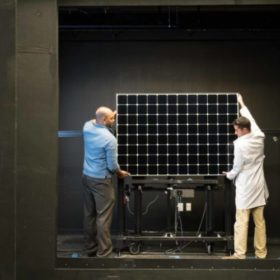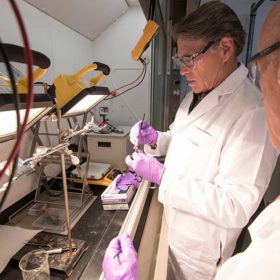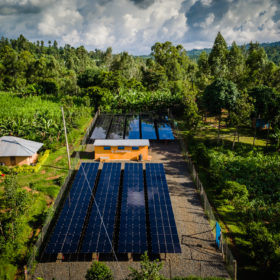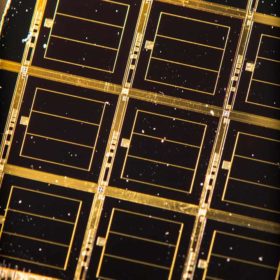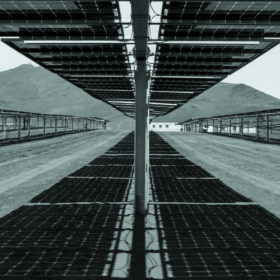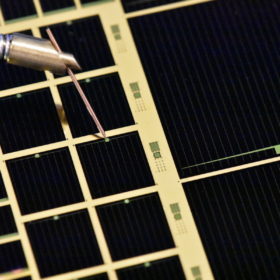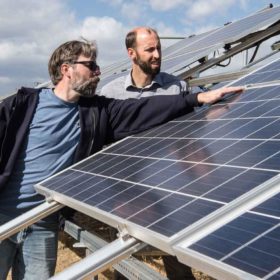Pumped hydro with better financing can compete with batteries
Pumped hydro storage is highly cost competitive for large-scale energy storage, according to a report published by the San Diego County Water Authority. The report models a pumped hydro project as securing better financing terms than battery storage.
The promise of a 100% renewable energy world
The oldest solar organization in the world, the International Solar Energy Society, dates back to 1954. President David Renné tells pv magazine about India’s solar dreams, the next best thing in solar technology and what renewables hold for the world’s future.
Solar, wind and storage can provide seven key grid services
Former NREL employee pens paper to rebut claims conventional energy can supply the essential grid services needed to return to normality after network disruption. The author says claims renewable energy cannot provide such services are erroneous.
Solar module lifetime predictions are getting better
NREL has proposed a new methodology for determining solar module degradation rates, taking into account measurement challenges such as sensor drift, inverter nuances, soiling and others – keeping the focus on the solar modules themselves.
American scientists give PV a paint job
Berkeley researchers have discovered a shade of blue – dating back to ancient Egypt – which has impressive qualities they say could reduce building energy consumption and boost solar energy output. Meanwhile, the US National Renewable Energy Laboratory has developed a perovskite cell material that could be applied to a substrate using a paintbrush.
Adding businesses to microgrids helps financial viability
Adding energy-intensive industries to microgrids can help refinance system costs and can lower tariffs for residential consumers, a study suggests. To achieve this though, accurate system design and sizing are essential.
NREL develops new process to bring ‘Mars Rover’ PV cells down to earth
The U.S. National Renewable Energy Laboratory has developed a process which it says can dramatically reduce the costs of producing ultra-high efficiency cells from gallium arsenide, and other III-V compounds, similar to the solar cells used by NASA in space exploration projects.
Soltec to launch world’s first bifacial tracking evaluation center
Spanish manufacturer of horizontal single-axis solar trackers Soltec, together with Black & Veatch and the Renewable Energy Test Center, have created a new evaluation center in Livermore, California. The inauguration will take place on July 9
Microlink Devices hits 37.75% efficiency for triple junction cell
U.S. technology company Microlink Devices has achieved a record efficiency of 37.75% on its triple junction thin film cells. The lightweight cell achieves a power density of more than 3000 W/kg, and is designed for use in satellites and unmanned air vehicles (UAVs). The new efficiency record is confirmed by the National Renewable Energy Laboratory.
NREL develops open source tool to monitor PV plant performance & degradation
The U.S. National Renewable Energy Laboratory (NREL) has launched a new software package, developed alongside SunPower and kWh Analytics, which it says will improve the accuracy and reliability of PV plant performance data, and improve the industry’s understanding of degradation.



